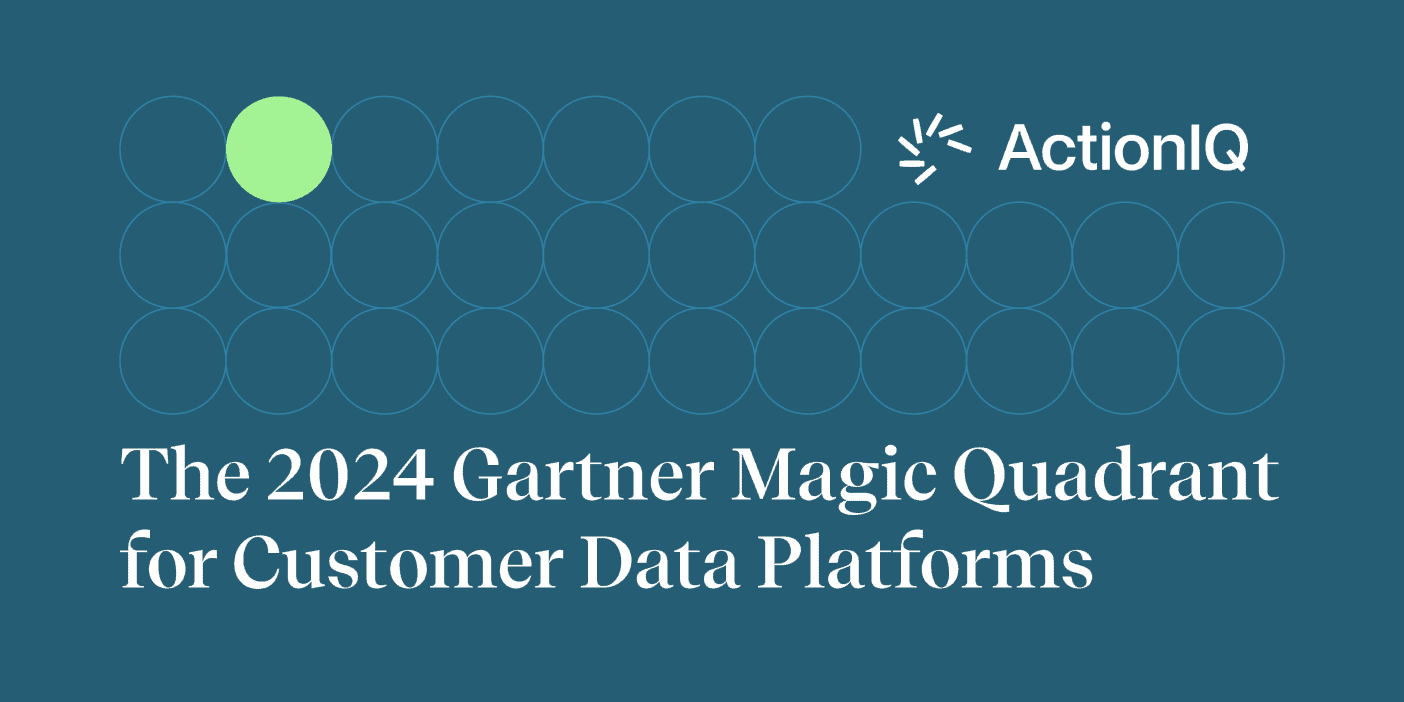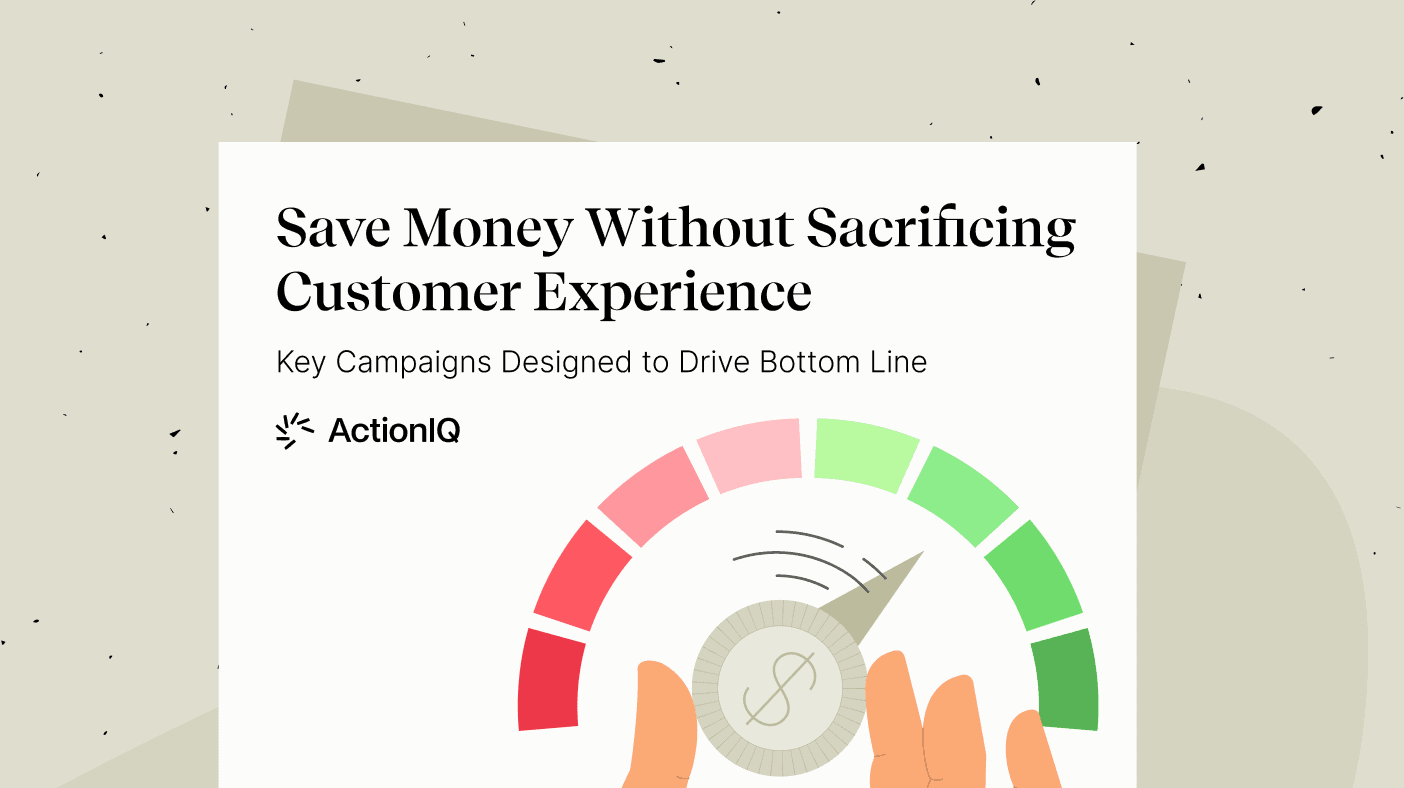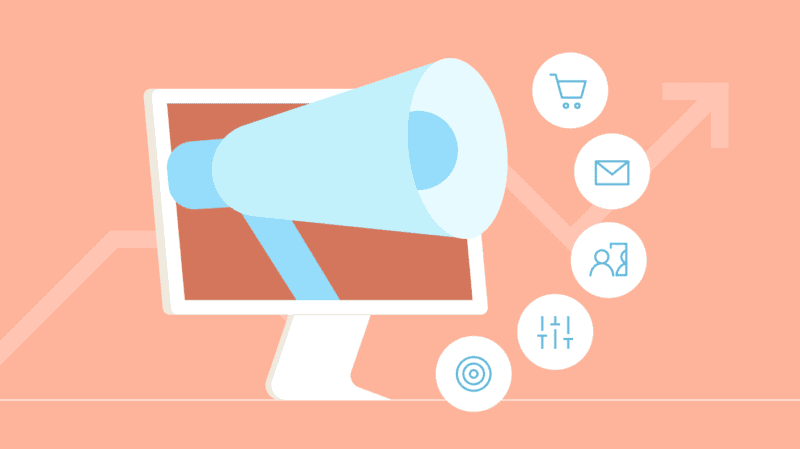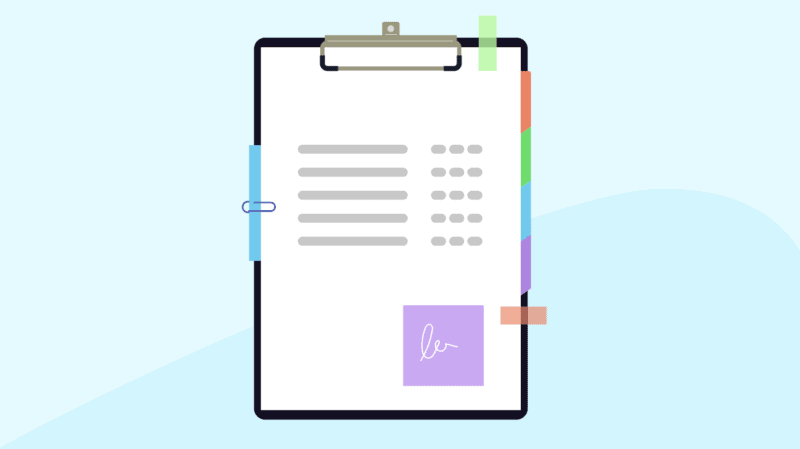Customer Experience Journey Management: 3 Best Practices

Wondering how to improve your customer experience journey management? Take your cue from long-haul truckers.
In the transportation industry, journey management refers to the plans and processes organizations use to boost efficiency, cut costs and reduce risks.
Typically associated with driver safety, the general idea is this: There’s an optimal way to manage every journey to maximize positive outcomes and minimize negative ones.
Sound familiar? It should. You may not be hauling goods across state lines, but journey management is an integral part of any customer-facing business.
Research shows that connected customer journeys— those that demonstrate your brand’s consistent dedication to personalized customer engagement across different channels and stages of the buyer journey — can reduce acquisition costs by as much as 50% and increase customer lifetime value (CLTV) by as high as 25%.
It’s no secret that brands are trading traditional campaigns for customer journeys. Legacy campaign management tools can’t support the increasingly complex and sophisticated needs of modern consumers.
But remember that the key to optimal customer journeys is improving customer experience at each touchpoint — something you can only do by analyzing and activating customer data.
With that in mind, we’ve compiled a list of best practices to help you upgrade your approach to customer experience journey management. Find out more below.
Hear from M&T Bank about why data is only as good as the CX it fuels:
Customer Experience Journey Management: 3 Best Practices
1. Understand the Difference Between Customer Experiences and Customer Journeys
To understand the ins and outs of customer experience journey management, it helps to differentiate between its two components: CX and journey management.
A customer journey is the path a customer takes from one point to another when interacting with your brand, whether to get information, make a purchase or resolve an issue. These journeys don’t look like straight lines — they often snake back and forth across multiple channels and devices.
This makes it difficult for brands to provide consistent customer experiences that are tailored to where customers are in their journey and account for their previous brand engagements. But that’s exactly what your customers expect. In fact, consumers say consistency across all online and offline interactions is the most important element of personalization when it comes to CX.
In short, a journey is how your customer gets from point A to point B. CX is how each stage of that journey resonates with them and drives them to take a desired action (or doesn’t).
Just like transportation companies work to optimize journeys for maximum safety and business efficiency, brands must consistently test, measure and refine customer journeys to deliver exceptional customer experiences and achieve their business goals.
See how Albertsons Companies was able to improve customer experience journeys via real-time communications:
2. Apply CX Journey Management to All Business Use Cases
So how does customer experience journey management work in practice? That depends on your customer and where they are in their journey.
The key is leveraging your customer data to generate predictive insights and using them to orchestrate optimal journeys that meet customers’ wants and needs depending on the use case.
Here are some common examples of customer experience journey management across different phases of the customer lifecycle:
Customer Acquisition
Imagine you want to identify and convert high-value prospects to increase revenue (what brand doesn’t?). Using your customer data platform (CDP), you can analyze the data of current customers who fit this profile and operationalize a lookalike model to identify prospects who share similar attributes.
More importantly — at least in the case of customer experience journey management — you can determine what worked best for your existing VIP customers and use this to inform journey creation for prospective ones.
Understanding which channels, communications and other elements streamlined the conversion process will help you provide the same positive experiences to prospects, increasing your chances of conversion and speeding up time to value.
Additionally, while paid advertising is generally an important component of brands’ acquisition strategies, you can ensure it doesn’t negatively impact the journeys of existing customers. The last thing you want to do is bombard current customers with ads aimed at prospects. It’s not only a waste of money, it’s also a surefire way to show existing customers you don’t know or care about their relationship with your brand.
Make sure you have comprehensive and accurate profiles of your existing customers, then use your CDP to segment this audience and suppress it from marketing campaigns geared toward non-customers by exporting it to the relevant channels. Brands that use this strategy not only cut customer acquisition costs by as much as 50%, they improve experiences for existing customers.
Customer Growth
The same approach you take to turning prospects into customers can be used to encourage repeat purchases and larger order values. It’s a simple matter of extracting insights from your customer data and replicating what works best across your customer base.
For instance, perhaps you struggle with buyers who make a single purchase and never return. Learn which messaging resonates most with your customers — on which channels and at which times — and create a sophisticated, cross-channel customer journey that is automatically personalized based on specific customer interactions. This has been shown to drive a 30% increase in second purchases.
Or perhaps you want to boost cross-sells and upsells. By identifying the next best product to offer based on purchase history — as well as the best time and place to offer it — you can generate a 25% increase in 90-day purchase rates after the first order.
The same goes for transforming single-channel customers into multi-channel buyers. This is especially valuable for brands that want to turn in-store customers into online shoppers as well — organizations can achieve a 10% increase in purchasing rate versus brick-and-mortar-only customers.
Customer Retention
Holding on to customers is arguably more important than acquiring new ones. Not only is customer acquisition more expensive than customer retention (up to 25 times more expensive, in fact), but your current customers are also 50% more likely to buy new products from you.
So how can brands use customer experience journey management to reduce customer churn? You guessed it — by harnessing the power of their customer data.
Operationalize a lookalike model within your CDP to create a profile of high-risk customers based on the common attributes and behaviors of customers who have already churned. This will help you highlight existing customers who share similarities and target them throughout their interactions with your brand with messaging aimed at strengthening the relationship, such as providing them with special offers on their preferred communication channels. This type of strategy has helped brands reduce churn by 10%.
As for customers who have already left, you can automate winback campaigns within your CDP based on past behavior and purchase history to reengage them.
Learn how Condé Nast uses customer data to predict and prevent churn in the video below:
3. Map Out Your Customer Experience Journey Management Approach
The examples above give you a good idea of what customer experience journey management looks like when you have the right tools and tactics in place, but it’s not the same for every brand. How it works for you will depend on the journeys of your specific customers.
This is where customer journey mapping can be invaluable.
By visualizing and documenting how customers interact with your brand throughout the customer lifecycle — i.e., creating a customer journey map — you’ll be able to highlight which elements of the customer journey are most important (as well as which ones may need some work). Your CDP can provide you with information about customer behavior throughout the customer journey, but it’s helpful to put yourself in the shoes of your customers and travel the journeys yourself.
For example, take a business with a subscription-based business model. Maybe it provides prospective customers with a free trial of its product before attempting to convert them into paying customers.
A customer journey map for this brand should encompass all the key events (and possible areas of friction) that exist along the journey from free trial to subscription to renewal.
Whether you’re focused on purchases, driving loyalty program membership or anything in between, this process can be used to determine how to provide better customer experiences across a particular journey. Just make sure you back up your assumptions with customer data.
Questions you may want to consider when creating a customer journey map include:
- Who is our target audience for this customer journey?
- What are their specific wants and needs?
- Which teams and channels are most important to engaging this individual?
- What are the touchpoints where we engage with this individual?
- What content are we using to engage with this individual at different touchpoints?
- What interactions, if any, are members of our team having with this individual at different touchpoints?
- What action must the individual take to move to the next point in the journey?
- What are the biggest causes of friction along the journey path?
- At which stage is the individual most likely to exit the journey?
- At which stage is the individual most likely to continue the journey?
- What tactics can be used to speed up the journey?
- What tactics can be used to reduce friction along the journey path?
See why Pandora Media says it’s vital for brands to keep up with changing customer channels:
No matter what form your customer journey map takes, your focus should remain the same: delivering better customer experiences at every stage of the journey. That means:
- Figuring out what journeys look like for your customers today
- Determining which touchopints are most important to converting them
- Exploring the customer experience at and between each touchpoint
- Highlighting areas where you can improve customer experience and eliminate pain points
Of course, there’s a big difference between seeing areas for improvement on a customer journey map and turning those insights into actions across channels. This is why having a CDP in place is essential to not only understanding what customer journeys look like, but also turning insights into actionable experiences for customers.
Ensure your organization has the tools it needs to pull together scalable customer intelligence, seamless customer segmentation and omnichannel experience orchestration so marketing, sales and customer service teams can fine-tune customer experience journey management.
Learn More About Switching to a CX Journey Management Solution
Download How to Master Your Campaign Management Migration to learn how you can replace your outdated campaign management tool with a solution that will support customer experience journey management.





